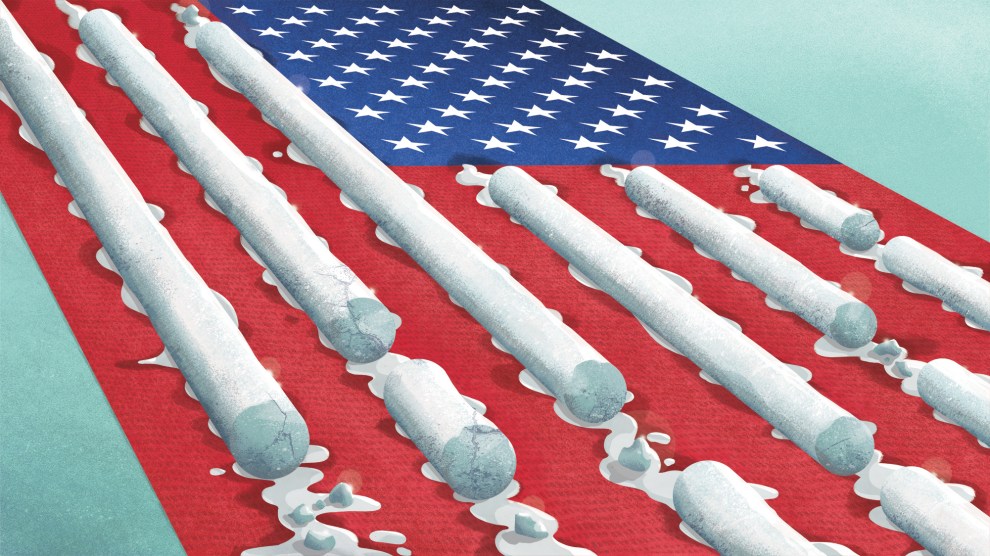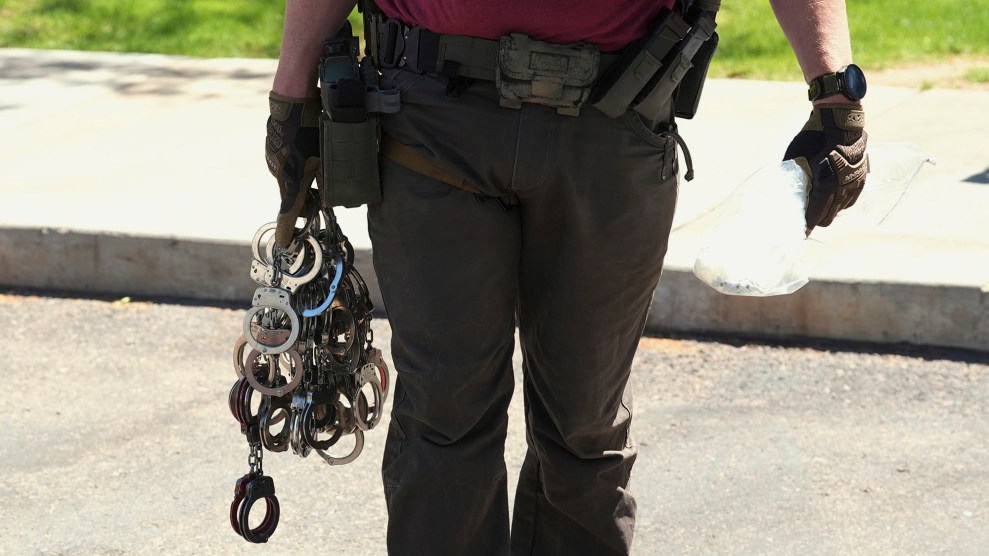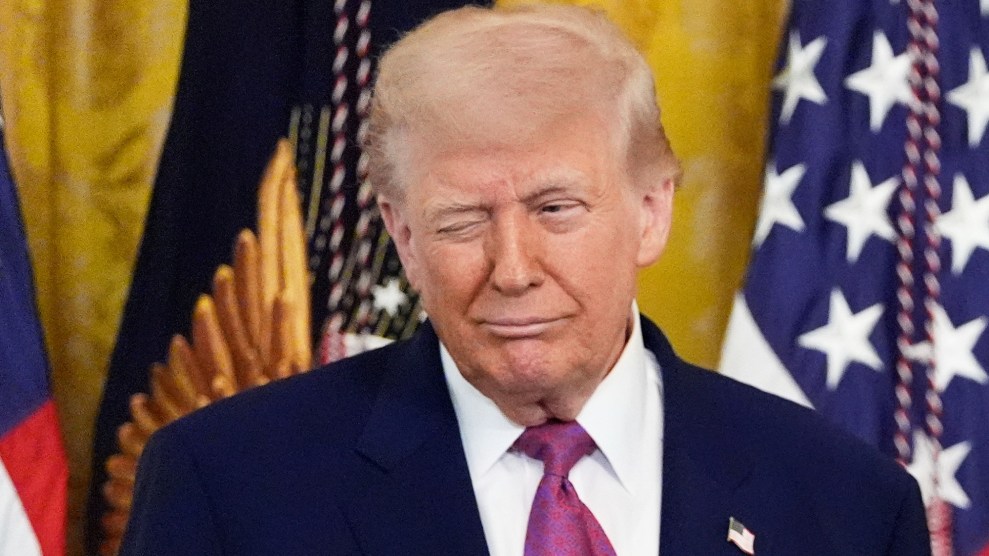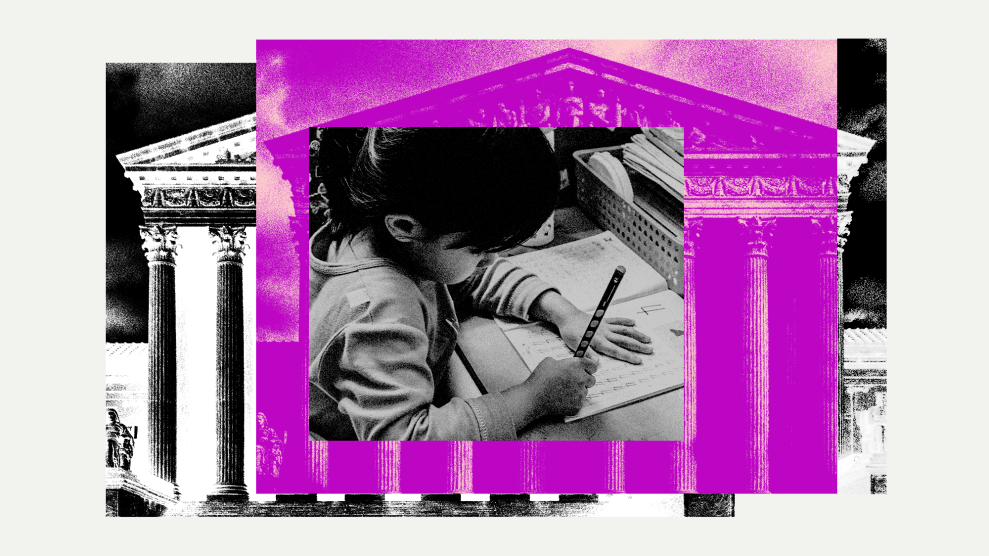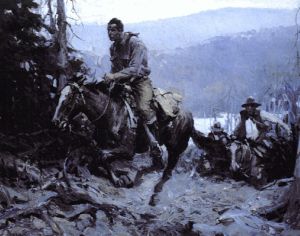
Slate‘s Jacob Weisberg has uncovered the real meaning of George W. Bush’s favorite painting, “A Charge to Keep,” which hangs in the Oval Office and is the namesake of his 1999 ghostwritten autobiography. It’s not—as Dubya likes to tell visitors—an image of a steadfast Methodist missionary. Rather, as Weisberg explains in his new book, The Bush Tragedy:
…that is not the title, message, or meaning of the painting. The artist, W.H.D. Koerner, executed it to illustrate a Western short story entitled “The Slipper Tongue,” published in The Saturday Evening Post in 1916. The story is about a smooth-talking horse thief who is caught, and then escapes a lynch mob in the Sand Hills of Nebraska. The illustration depicts the thief fleeing his captors. In the magazine, the illustration bears the caption: “Had His Start Been Fifteen Minutes Longer He Would Not Have Been Caught.”
Ah, the irony. So where the heck did Bush get the idea that the painting wasn’t of a rustler but rather a man—who just happens to bear a passing resemblance to him—on a mission from God? I suppose everyone’s entitled to their own interpretations of art, but that’s really a stretch, even for a president used to making his own reality. Anyway, this may explain why Bush keeps referring to that Picasso he calls the “The Party So Fun They Invited a Horse.”


